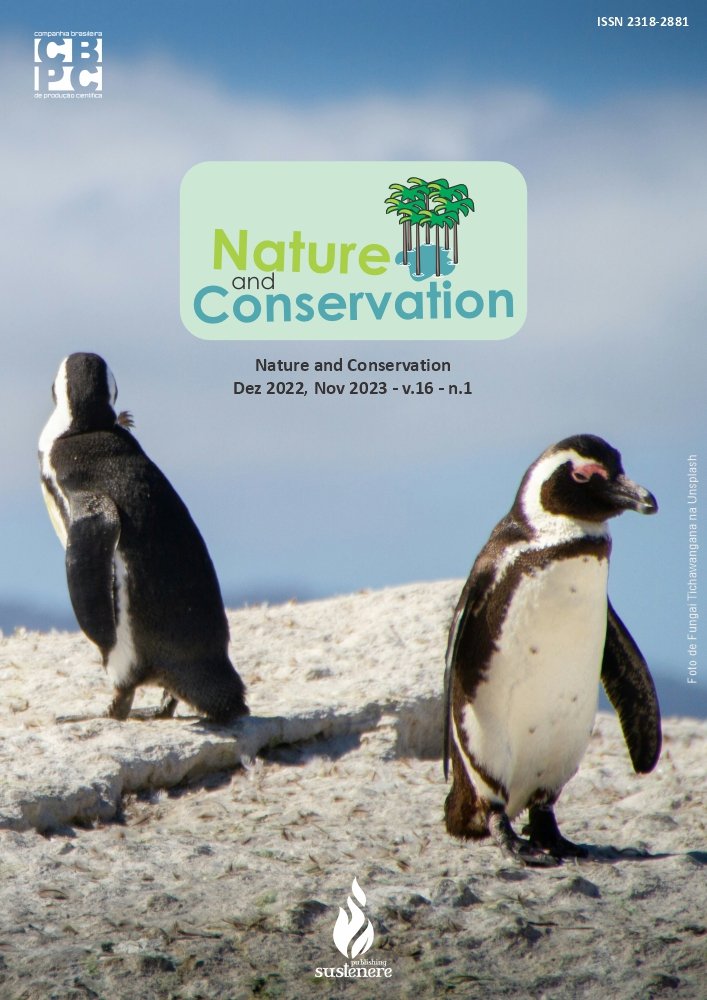Temperature and thermal sensation in the sertão's depression: analysis of the Seridó region in the Brazilian semi-arid
DOI:
https://doi.org/10.6008/CBPC2179-6858.2021.011.0009Keywords:
Human Thermal Comfort, Geotechnologies, Bioclimatic indexes, Thermal images, Rio Grande do NorteAbstract
Research on thermal sensation and human comfort in hot natural regions such as the Brazilian semiarid region is of great importance as it highlights the population's well-being, physical performance, human health and quality of life. In this sense, the present research proposed to monitor the temperature and thermal sensation in a geographical micro-region of the state of Rio Grande do Norte, the Seridó Potiguar, through meteorological data from surface stations, satellite images and also through the application of bioclimatic indices aimed at human thermal comfort. Meteorological data were acquired from the National Institute of Meteorology - INMET. The collection of surface temperature data was acquired through orbital images from the Landsat 8 Satellite, corresponding to the thermal infrared range. The comfort indices according to the study area were the Discomfort Index (ID) and the Effective Temperature Index (TE). The moderate results were the predominance of high daily, monthly and better temperatures, with averages above 26°C, causing thermal discomfort in the region practically every month of the year. Bioclimatic indices indicated that the Seridoense population is presented with discomfort due to frequent exposure to high temperatures. Values above 36°C occur constantly in the hottest months of the year (September-November) at ~ 76.5% in the lands of the Seridó Depression. The results found point to the importance of developing more climate research focused on human thermal comfort in the Brazilian semiarid region, as well as research aimed at the possibility of cooling in urban and rural areas, especially in the country depression.
Downloads
Downloads
Published
Issue
Section
License
Copyright (c) 2021 Ibero-American Journal of Environmental Sciences

This work is licensed under a Creative Commons Attribution-NonCommercial-NoDerivatives 4.0 International License.
The CBPC - Companhia Brasileira de Produção Científica (Brazil CNPJ: 11.221.422/0001-03) the material rights of the published works. The rights relate to the publication of the work anywhere in the world, including rights to renewals, expansions and dissemination of the contribution, as well as other subsidiary rights. All electronically published works may subsequently be published in printed collections under the coordination of this company and / or its partners. The authors preserve the copyright, but are not allowed to publish the contribution in another medium, printed or digital, in Portuguese or in translation.









